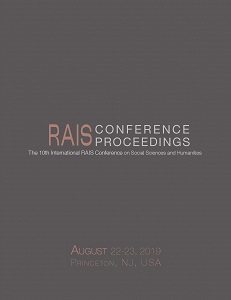Mathematical Analysis of PSF (Proportion Spent on Food) in Specific Communities
Mathematical Analysis of PSF (Proportion Spent on Food) in Specific Communities
Author(s): M. Rama Mohana Rao, Chandrasekhar Putcha
Subject(s): Social differentiation, Economic development
Published by: Scientia Moralitas Research Institute
Keywords: Fishermen; Household expenditure; Mathematical Analysis;
Summary/Abstract: This paper is mainly based on establishing a relation between PSF (Proportion Spent on Food) and factors affecting poverty in India. The work is mainly based on the doctoral thesis of the first author (Rao 1995). Seminal work was done and reported in various conferences/Journals in India (Rao 1998). The collaboration between the Indian and American faculty lead to this research paper. The data used in the analysis is that of fisherman community in the eastern part of India. PSF has been shown to be a critical parameter. It was reported (Rao 1998) that based on the grouped per capita monthly expenditure spent on food (PSF), the pattern of change in PSF lies in the range of 79.1 and 83.8. The present research study is based on a detailed mathematical analysis of the poverty data as related to fisherman. It establishes a linear and non-linear equation (2nd order polynomial) between % of PSF and % of households and per capita monthly expenditure based on principles of regression analysis (Chapra and Canale 2010). Using these equations one can easily determine the optimal value of PSF which is indirectly connected to poverty level. The validity of the fitted equation is studied with respect to correlation coefficient (r) and standard error of estimate (sy/x). These results will be very useful to a wide cross section of the community.
Book: Proceedings of the 10th International RAIS Conference on Social Sciences and Humanities
- Page Range: 175-178
- Page Count: 4
- Publication Year: 2018
- Language: English
- Content File-PDF

